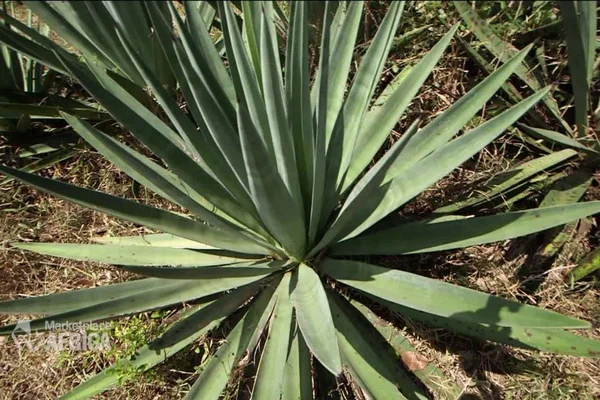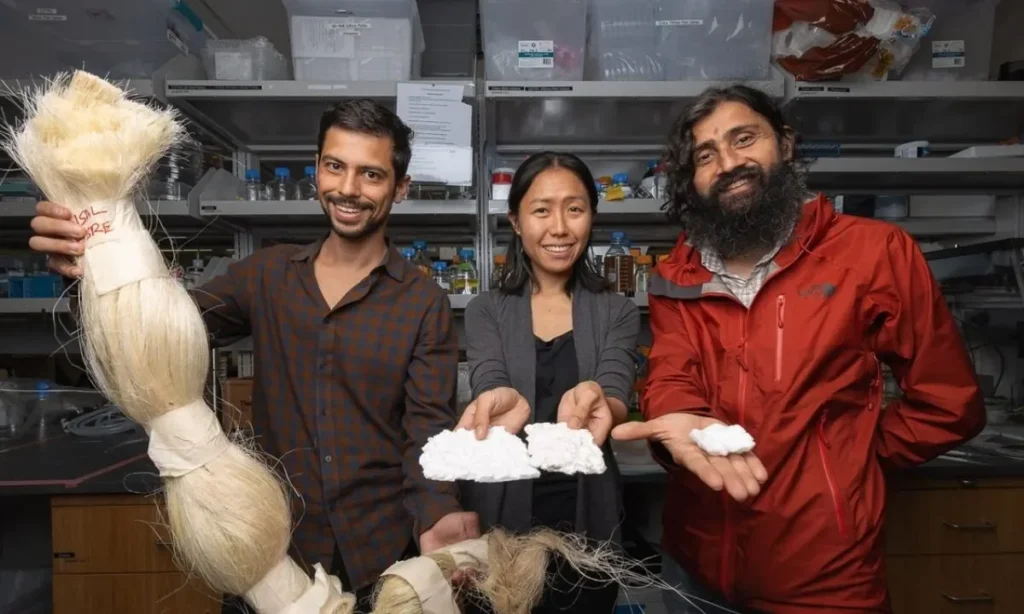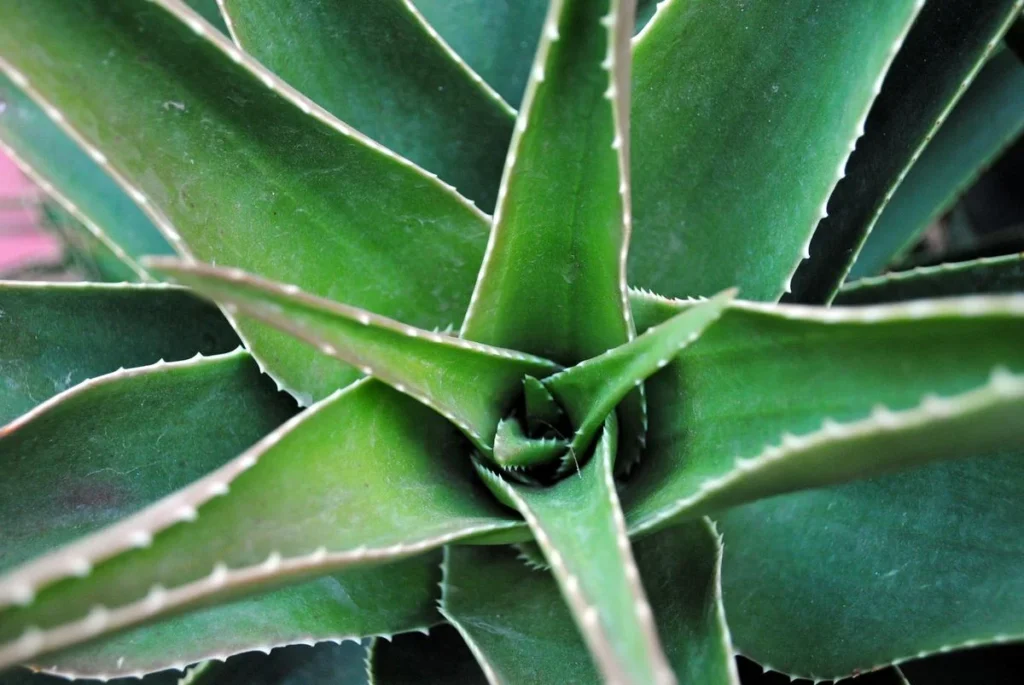Scientists recently developed a sustainable method to produce highly absorbent material from sisal leaves, aiming to revolutionize the production of menstrual hygiene products.
Key highlights of the Discovery:
- This innovation could potentially replace traditional materials like cotton and wood pulp, offering an environmentally friendly alternative.
- Researchers were inspired by termite guts and wood-rot fungi, and developed a delignification process for sisal leaves.
- This process involves using peroxyformic acid, which selectively removes lignin while preserving the cellulose microfibers’ structure.
- Unlike traditional methods, this approach minimizes environmental damage, and the decomposed by-products pose minimal harm.
- The absorption capacity of sisal-derived fluff pulp surpasses that of commercially available sanitary napkins made from cotton.
- Additionally, a “cradle-to-gate” carbon footprint analysis shows that it utilizes less water than basic methods.
- The research emphasizes distributed manufacturing, promoting smaller-scale, local production to eliminate carbon emissions from long-distance transportation.
Need for the discovery:
- Despite an increase in the use of hygienic methods globally, access to menstrual hygiene products remains a challenge for around 500 million people.
- The conventional materials used in sanitary napkins, such as wood pulp and synthetic superabsorbent polymers, contribute to environmental pollution.
- The rising costs of raw materials and distribution further hinder accessibility.
About Sisal Leaves:
- Sisal is a succulent plant known for its ability to thrive in drought-prone areas.
- It is an Agave species, characterized by a sturdy stalk with around 90 cm (3 feet) in height, thorns, and an unpleasant odour.
- The plant forms dense clusters at the ends of branches growing from the flower stalk and its buds grow in the upper angle between the stem and flower stalk.
- It is native to Central America and is cultivated in Kenya, Mozambique, Angola, Madagascar, Philippines, Taiwan, Brazil, Venezuela, Indonesia, and Haiti.
- The lifespan is about 7-10 years, during which it produces 200-250 usable leaves.
- Its water-retaining properties and sustainable cultivation make it an ideal candidate for producing absorbent materials.
- The ancient Aztec and Mayan civilizations were pioneers in utilizing sisal leaves for various purposes, from making paper to producing distilled alcoholic beverages.
- Each leaf has about a thousand fibers that can be used to make ropes, paper, and cloth sustainably.
Ref: Source
| UPSC IAS Preparation Resources | |
| Current Affairs Analysis | Topperspedia |
| GS Shots | Simply Explained |
| Daily Flash Cards | Daily Quiz |




